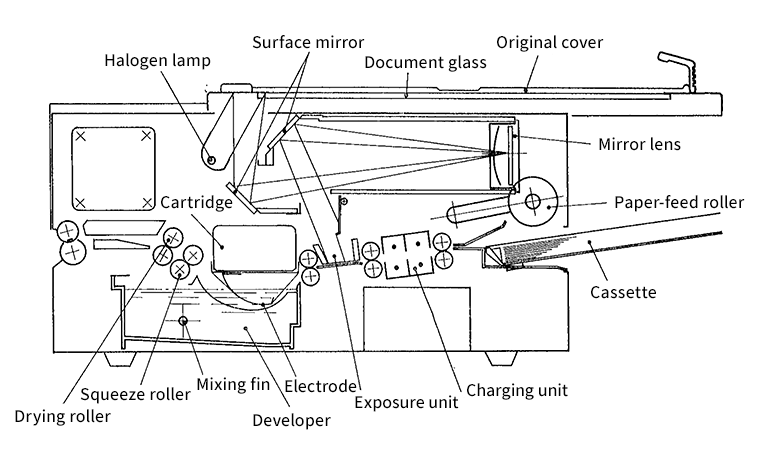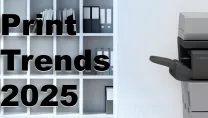Sharp's first copier, the Sharpfax SF-201, released in 1972, is certified as a ‘Copying Machine Heritage’ by the Imaging Society of Japan. Here we look at the history and development of such an industry defining device.
Sharp has built a reputation for devices that drive innovation and change for businesses of all sizes. Few devices typify this push for digital transformation as the Sharp Sharpfax SF-201. Released in 1972, this groundbreaking copier not only marked Sharp's entry into the copier market, but it also went on to play a pivotal role in shaping the future of document technology in Japan and around the world.
Read Next: MFP Developer Interview: Designing Sharp's latest generation colour MFPs
As a sign of its global impact, the Imaging Society of Japan recently recognised the Sharpfax SF-201's by certifying it as a "Copying Machine Heritage." This prestigious award acknowledged the copier’s technical and industrial achievements, as well as its role in driving the development of Japan's copier industry. The certification ceremony, held on June 12th, 2024, at the Tokyo Institute of Technology, saw Mr. Mitsuru Tokuyama, BU Vice President of Smart Business Solutions BU, accept the honour on behalf of Sharp.
Developing the Sharpfax SF-201
For a company known primarily for its calculators, Sharp’s move into copiers came because of office equipment retailers facing increasing pressure to diversify their product offerings beyond calculators. In response, in 1969 Sharp assembled a team of six employees from its industrial equipment R&D department to develop a new range of products specifically aimed at business users.
The initial stages of design and pre-manufacture progressed relatively smoothly, but the team struggled to achieve consistent image quality on paper, with results varying wildly. The problem lay not with the machine they had developed but rather with the paper grain, or the direction of fibres in paper.
The development team was unfamiliar with long grain and short grain in paper. The development team learned an important lesson solving this issue, in that a great copier does not work in isolation; it must engage and respond to outside influences.
This is something that holds just as true today as it did in the 1960s – if not more so. Modern copiers interact with far more elements than just paper, such as hard drives, networking solutions, security, and even cloud applications.

The Sharp Sharpfax SF-201 that emerged from this development process was a wet-process copier using the indirect electrostatic charge method. It employed the electrofax method, an electrophotography technique that leverages the photoconductivity of semiconductors. This approach set the SF-201 apart from the prevalent diazo copiers of the time, which were known for their ammonia odour, discoloration issues, and colour mixing problems.
Capable of producing 10 copies per minute using A4-size paper, the Sharpfax SF-201 was the fastest copier in its price class at the time of its release. This was made possible by several innovative design elements, including a drive method that used a spring latch mechanism for the document glass, and a cotton roller for drying.
Sharp engineers also paid close attention to user-friendliness, incorporating numerous features into the design to enhance ease-of-use – something we still adhere to in our latest printer and copier models. As a result, all the controls on the Sharpfax SF-201 were consolidated in one location for straightforward operation.
The machine also included an automatic paper feed cassette, a flashing lamp to indicate when paper was running low, and a countdown lamp that displayed the number of remaining copies starting from 20.
In the four years following its release, Sharp introduced 10 further models in the series, a testament to the product's quality and market demand. The copier's popularity helped establish Sharp as a serious player in the office equipment market, complementing its already strong position in calculators.
The success of the Sharp Sharpfax SF-201 set the template for Sharp's approach to copier development, emphasising ease of use and proprietary technologies while equipping its copiers with numerous industry-first and world-first technologies. This philosophy has continued to guide our copier division, leading to numerous industry-first and world-first technologies in subsequent models. Ultimately, we make products that satisfy customer needs. If you would like to know more about Sharp print solutions, Get In Touch.





